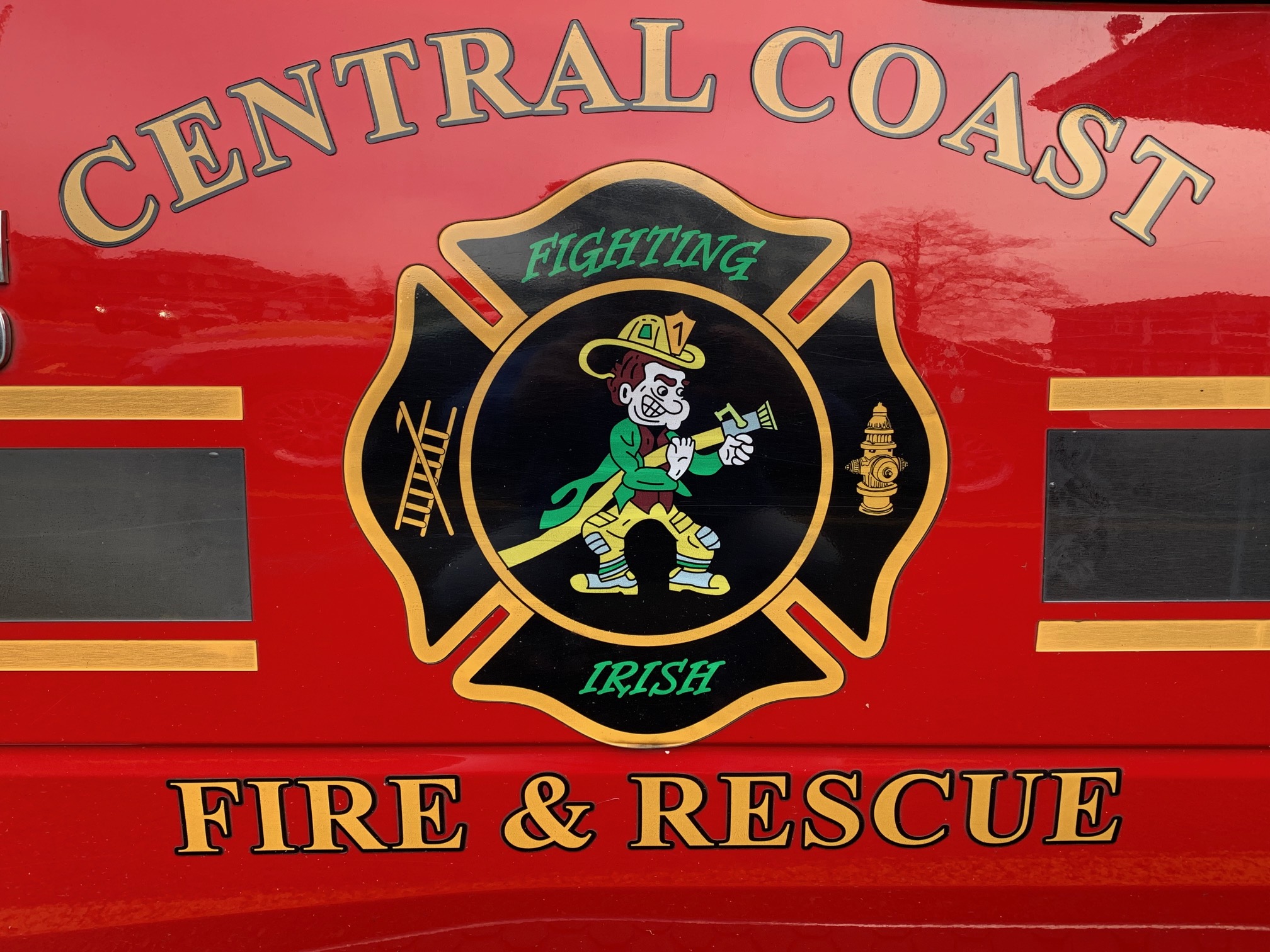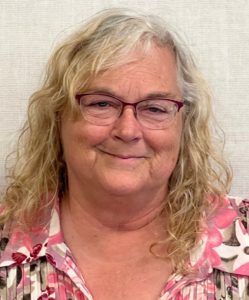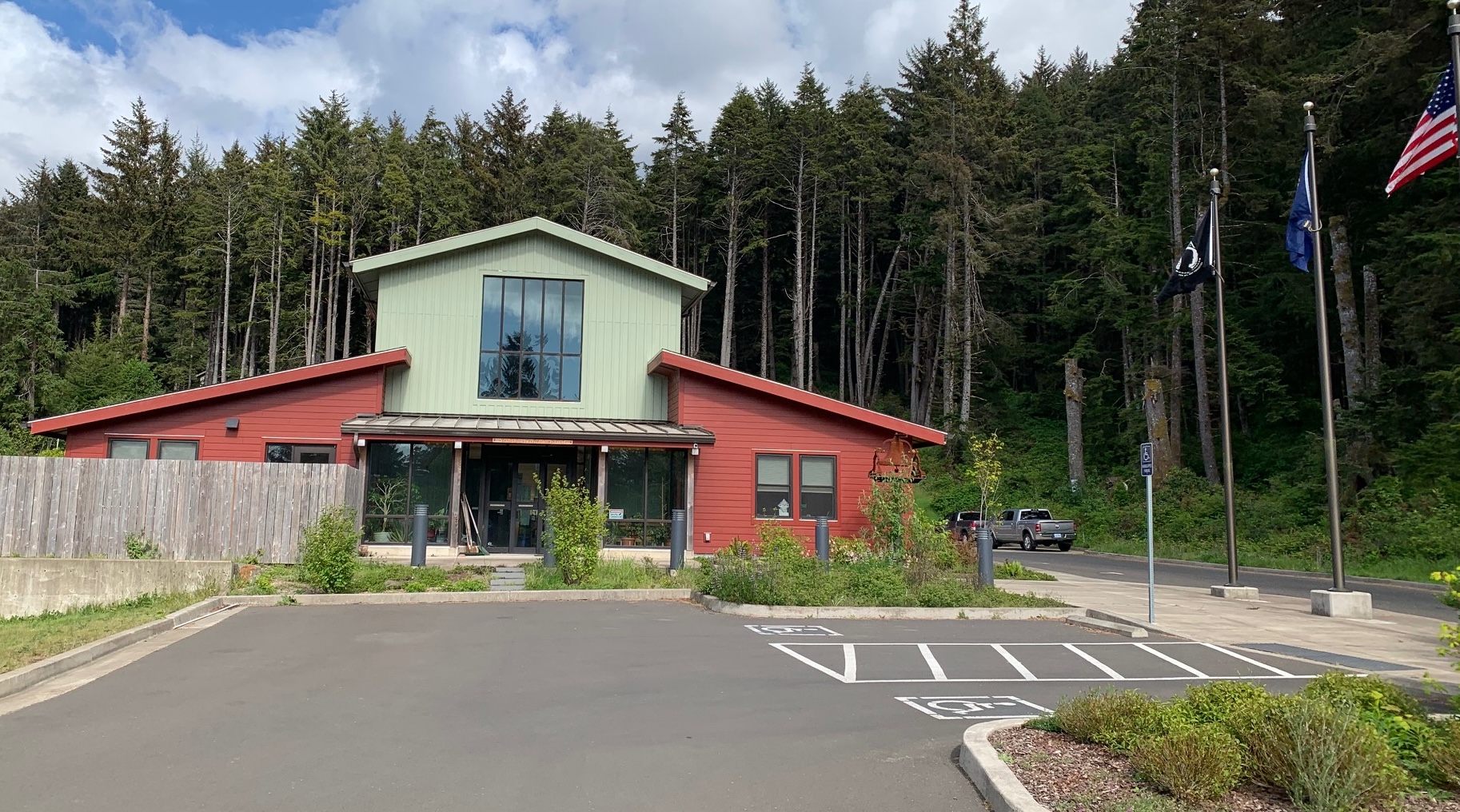
By GARRET JAROS/Lincoln Chronicle
The idea of consolidating the three south Lincoln County fire districts as a way of decreasing the burden on taxpayers, eliminating redundancies and improving overall coverage has been floated for years.
Waldport-based Central Oregon Coast Fire & Rescue’s board has been beating the consolidation drum for the past year and resolved at its monthly meeting last week to reach out to the Yachats Rural Fire Protection and Seal Rock Fire districts to see if they were open to discussing it.
But within an hour of Central Coast’s decision at the monthly meeting of Seal Rock’s board, it was clear consolidation between those two had as much loft as a lead balloon.
Having already gotten wind of Central Coast’s proposal, Seal Rock’s board passed a resolution “not to engage in any discussions, negotiations, or planning related to consolidation or intergovernmental agreements” with Central Coast. They also passed a resolution doubling down on their commitment to a volunteer-based organization at direct odds with Central Coast’s focus on paid firefighters.
While speaking with the Lincoln Chronicle this week, Central Coast board vice chair Reda Eckerman gave her elevator pitch for consolidation.

“The fact of the matter is we have three fire districts with three tax bases in a very small area,” Eckerman said. “We have a lot of duplication of equipment and personnel. It’s to streamline things, to provide better service and hopefully at a better cost. Because if you spread the cost over a larger area people will end up having to pay less. And we won’t have to support three chiefs and all of the various trucks, other equipment and so on.”
Data would need to be gathered to figure out what the effect would be on taxpayer’s purse strings – things like serial levies and bonds, Eckerman added.
One thing is certain, the only way to raise a district’s permanent tax base, which is determined when a district is formed and not subject to ongoing voter approval, is to form a new district. The problem with that methodology for base rates is that they do not keep up with inflation and ever-increasing cost of service.
As to improving service through consolidation, Eckerman acknowledges Central Coast already shares an automatic aid agreement with Yachats — when one is called they both respond, and a mutual aid agreement with Seal Rock — they only help one another when asked.
“But we would have an overall chief,” Eckerman said. “We would have a chief of operations. We would have enough funding to be able to have paid personnel in addition to our volunteers. So we would end up having more people available to respond to each individual incident as it happened.”
Reaching out to the other districts is just an initial step, she added. What its evolution would look like, whether a series of agreements to train and purchase equipment together before consolidation, would need to be ironed out.
As would carefully explaining it to voters.
“Because the step of consolidating can only happen when our public is well enough informed to recognize what will happen,” Eckerman said. “For instance, you have two votes on the ballot. You have one to dissolve your district and another to form a district. What happens if the vote to dissolve the district passes but the vote to form the district doesn’t pass?
“So that’s why it has to be done carefully and thoughtfully, so that we can fully explain to people what will happen.”

The numbers
While the data necessary to formulate the pros and cons of consolidation will require formal analysis, some basic information of current budgets, tax revenues and personnel numbers provides a window into the district’s differences.
The 2025-26 general fund budget for Yachats is just over $3 million. Central Coast’s is $2.1 million and Seal Rock’s is $1.55 million. The current tax rates per assessed $1,000 assessed property value is $3.09 for Yachats, $3.04 for Central Coast and $1.31 for Seal Rock.
Yachats has six full time firefighters, 2 1/2 administrative positions (including one who volunteers as chief) and four volunteers. Central Coast has six full time firefighters, two administrative staff, a chief and 12 volunteers. Seal Rock has one full time firefighter (along with four or five others who backfill to create two other full time firefighter positions), a chief and 35 volunteers.
A consolidation analysis entitled “Opportunities for Collaborative Efforts Feasibility Study” was completed in 2012. But the information the study used is now too outdated to be of use.
Seal Rock v Central Coast

The history of bad blood and grievances between Seal Rock’s and Central Coast’s boards and chiefs goes back several years to a failed personnel sharing agreement between the two and continued through – at least from Seal Rock’s perspective – this May’s special election where two candidates running for positions on its board were believed to be proxies for Central Coast and consolidation.
Seal Rock’s board, in its resolution last week not to negotiate with Central Coast, says it has a duty to protect its operational integrity, financial stability and best interests of its taxpayers and residents. And it lines out in part what it calls Central’s “repeated pattern of financial mismanagement that continues to present day,” and that consolidation efforts are just a means of “obscuring ongoing mismanagement.”
“There is no negotiating with Central Coast, there’s only submission,” Seal Rock Chief Will Ewing told the Lincoln Chronicle. “That’s what I’ve noticed in our past. It’s their way or the highway.”
Yachats willing to listen

Yachats Rural Fire Protection District’s new board president Doug Myers said members of its board have talked informally with some members of Central Coast’s board about consolidation but that it has not been discussed officially as a board.
Myers said he has no sense of how the Yachats board feels about it.
“Personally, I come from a large department that was known for mergers, consolidations and acquisitions – Tualatin Valley Fire & Rescue,” Myers said. “This was normal for me, to be approached by districts that were in distress or wanted to consolidate. So, I’m always open to talk about it, see what the deal is. I’d be open to listen to what they had to say.”
- Garret Jaros covers the communities of Yachats, Waldport, south Lincoln County and natural resources issues for Lincoln Chronicle and can be reached at GJaros@YachatsNews.com





















There is no point talking about fire district consolidation unless upfront taxing numbers are discussed. Currently the fire district rates are 3.09 for Yachats, $3.04 for Central Coast and $1.31 for Seal Rock. Seal Rock fire district residents would get hit with a really large tax increase with any merger With a rate closer to Central Coast or Yachats.
Further Seal Rock has an active volunteer unit and residents appear to be satisfied with the service. The question is how would they be better off and would it be worth the large tax increase.
The problems between the districts might be in the past but memories are long. Until those issues are fully resolved there is no point in doing anything.
I have a great deal of respect for the Seal Rock Fire personnel. I like the idea of a mainly volunteer force of dedicated firefighters. Don’t fix what isn’t broken.